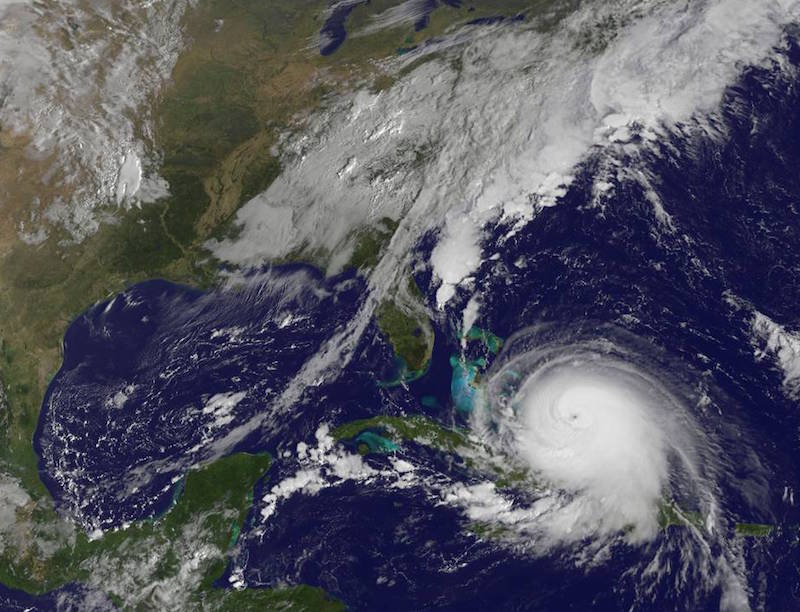Super Typhoon Fung-Wong Makes Philippine Landfall
By Neil Jerome Morales Nov 9, 2025 (Bloomberg) –Super typhoon Fung-Wong hit the Philippines’ northeast late on Sunday with 185 kilometers per hour (115 miles per hour) winds and gusts of...

Marine Weather Chart Of Atlantic Ocean. Image via NOAA
by: Horst von Bargen (Deutscher Wetterdienst) Meteorological satellites (geostationary at an altitude of about 36.000 km and sun-synchronous at a height of about 850 km) provide images and data in many spectral ranges. Their advantage is the generation of region-wide measurements. They allow us to receive information also from areas where there are no weather stations.
The parameters are not measured directly, but are derived from electromagnetic radiation of the Earth’s surface, the atmosphere as well as from reflected signals emitted from radar and sonar instruments by applying advanced computations.

By combining several spectral ranges, meteorological properties are derived. This enables NOAA to get information about the atmospheric conditions and phenomena such as clouds and precipitation, but also data like sea surface temperature and wind speed. But it is not always possible to derive all the data necessary for accurate forecasts.
Heavy rain, for example, impedes the view of the sea surface and therefore prevents us from collecting information about wind speed from wave characteristics.
And, most importantly, the direct measurement of air pressure from space is not feasible. Ship observations are used as a ground-based reference to calibrate measurements from satellites and the applied algorithms and to test their correctness.
Surface-based measurements (e.g. data collected onboard of ships) are indispensable for weather analysis and prediction as well as for long-term climate analysis. Therefore, ship observations provide an essential contribution to safety at sea.
This article was written by Horst von Bargen of Deutscher Wetterdienst and originally appeared in NOAA’s Mariners Weather Log magazine.

Sign up for gCaptain’s newsletter and never miss an update

Subscribe to gCaptain Daily and stay informed with the latest global maritime and offshore news
Essential news coupled with the finest maritime content sourced from across the globe.
Sign Up